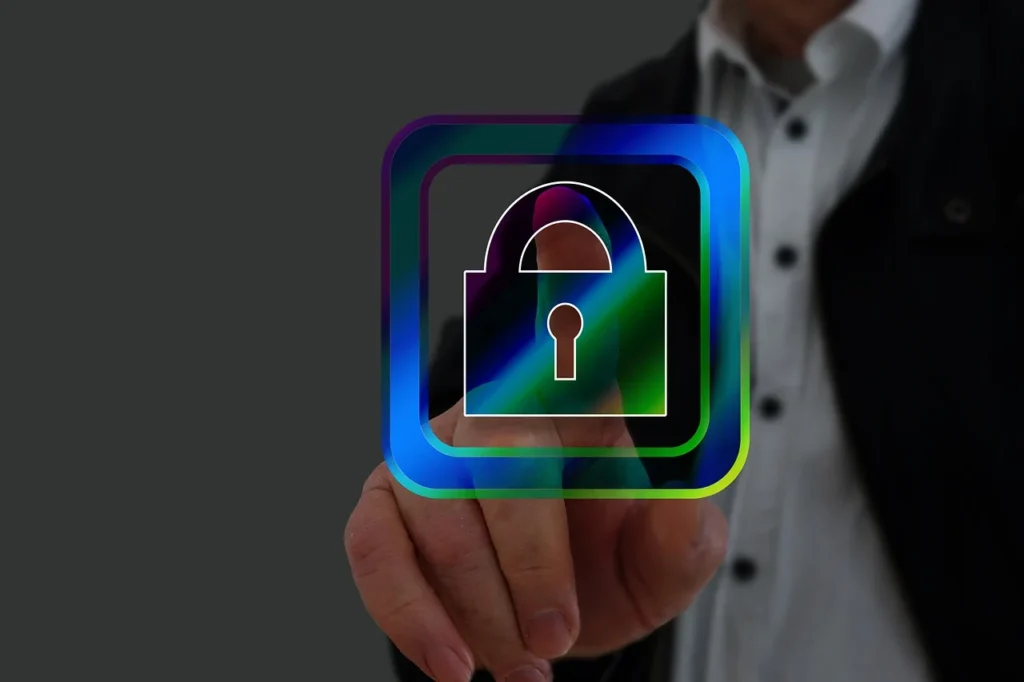
Smart locks are among the most useful innovations in home technology of the past few years. These modern devices substitute digital for traditional key mechanisms to enable owners to lock and unlock doors via smartphone, keypad, fingerprint, or voice command. Prior to switching, it’s useful to know how such systems operate at the basic level. The majority of intelligent locks have access to the Wi-Fi network of your home and are accessible remotely through proprietary apps. A few models still have traditional keyholes as redundancies, while others do not need physical access at all. This is technology that provides convenience and flexibility that older locks just cannot compete with.
- Compatibility With Your Door
Not all intelligent locks are compatible with all types of doors. Prior to buying, ensure that your door’s size, thickness, and current hardware will support the smart lock you want to buy. Smart locks are meant for typical residential doors, but for older houses or unique door designs, there might be issues. Proper measurements of your door and hardware are crucial. Some companies give compatibility checklists on their websites to ensure that their product can be used in your particular door. If unsure, referring to local locksmiths can be of great help in advising on compatibility problems and required changes for your own door arrangement.
- Power and Connectivity Needs
Smart locks depend on power to operate, so power issues arise. The majority operate on batteries that need to be replaced every few months, depending on usage rates. More expensive models will also give low battery notices through their apps long before power is lost. Also, keep in mind the strength of the Wi-Fi at the door’s location. A weak signal could cause connectivity problems and make remote operation unreliable.
- Security Features and Encryption
Though convenient, the main function of smart locks is still security. Find models that have robust encryption methods to keep digital intruders out. Some high-end smart locks include automatic locking after a specified amount of time, tamper notifications that alert you to would-be intruders, and activity tracking that monitors who comes and goes from your house. Certain systems even connect to home security systems for total protection.
- Installation Process and Maintenance
Smart lock installation can be simple or involved based on the model and your door setup. Some are plug-and-play replacements for current deadbolts, while others involve more significant changes. Decide if you want to install it yourself or have a professional do it. Most manufacturers have elaborate installation instructions and video tutorials available. Maintenance-wise, battery replacement on a regular basis is the main concern, plus occasional software updates for security and added features.
- Integration With Smart Home Systems
Smart homes of today work optimally when devices communicate harmoniously with each other. If you already own smart home devices such as security cameras, doorbell cameras, or voice assistants, see if your prospective smart lock is integrated with these devices. Most top models are compatible with Amazon Alexa, Google Home, or Apple HomeKit, which enables voice command and automated scenarios.
Conclusion
Smart locks are a great step forward for security and convenience in homes if chosen wisely and installed properly. Proper research and preparation will help them change the way you experience living in your home while continuing to have top-notch security.